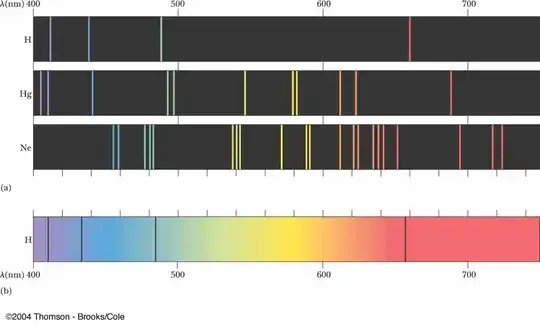As already mentioned by w00t, it is plausible that the video is actually showing mercury vapor. Mercury vapor is also used in specialized lamps (Mercury-vapor lamp), the mercury spectra are well known. Likely the green background you see is a TLC-plate coated with a fluorescent dye and you're seeing the shadow of the mercury vapor on that plate.
Whether the rate of vapor you see is realistic I cannot say, it could easily be faked by increasing the temperature and thereby the evaporation rate. Also, judging the amount from the visual appearance of the vapor could be very deceptive, the far better way would be to measure the mass of the drop and calculate how much mercury evaporated.
Luckily, someone has performed experiments on the evaporation of mercury drops. The rates they measured for a small and a larger drop were 6 and 7 µg/h.
The author also extrapolates how much mercury it would take to achieve vapor concentrations that reach the OSHA limit.
How much mercury would it take, under the assumptions of the present
study, for the evaporative concentration to reach the OSHA limit? This
amount would depend on the size of the drops, as well as the overall
time period. Assuming drops of the smaller size studied, with
approximate diameter 3 mm, it would take 2000 such drops, for a
combined mass of 400 g over the full time period. If we assume drops
of the larger size studied, with approximate diameter 7 mm, it would
take 500 such drops for a combined mass of 1000 g. These are large
amounts of mercury. These crude estimates are not inconsistent with
direct observation of a large spill.
Elemental mercury is toxic, but the danger depends heavily on the amount of mercury in the atmosphere. The amount present in common household items are usually very small, so they usually don't represent an acute danger. You should still clean it up properly, but there is no need to panic over small amounts of mercury.
